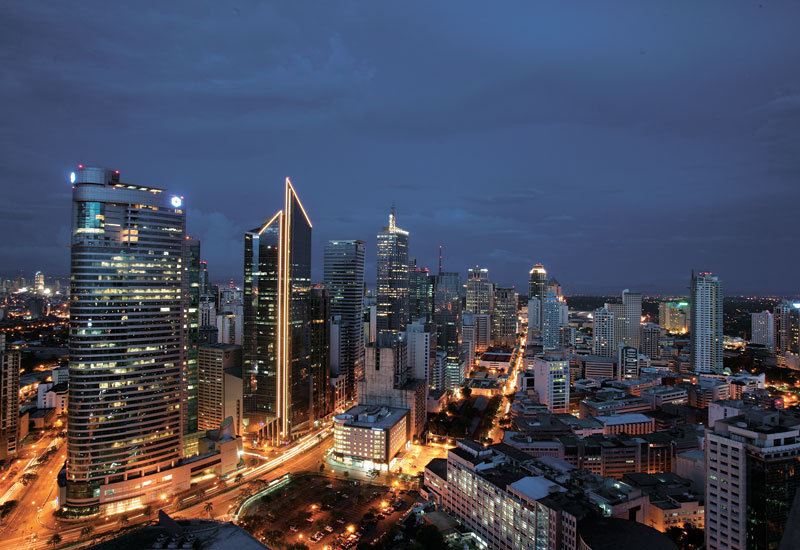 Manila is the buzzing capital city of the Philippines. It is a teeming metropolis where you can shop, eat and play to your heart's content
Manila is the buzzing capital city of the Philippines. It is a teeming metropolis where you can shop, eat and play to your heart's content
A top-class product
The country’s sprawling western capital, Manila, is the business and commercial hub of the country, and the entry point for most visitors, but its burgeoning leisure product is also proving increasingly attractive. Current travel hotspots include Cebu, Bohol and Boracay.
According to Bengzon, these destinations are the most appealing to the Middle East market due to the ready supply of first-class accommodation and infrastructure.
“We are focusing our promotional efforts on destinations that are attractive and ready to accept Middle East visitors in terms of the availability of good accommodation and infrastructure for transportation and communications.

| Advertisement |
“These are the provinces that have the luxury accommodation products that appeal to the market. Cebu, Bohol and Boracay are particularly appealing due to the tropical setting and beaches. We are planning to expand the list to include Palawan, Davao, and Marinduque, which also have world-class resorts and exotic tourist offerings that highlight nature, adventure and food,” he adds.
Outside of Metro Manila, Cebu and Boracay are familiar names, closely followed by Bicol, located on the southeastern tip of Luzon province. “This is where tourism investment continues to pour in, and where we are seeing the full support of local government and the community,” adds Bengzon.
Natural attractions
Undoubtedly the Philippines biggest attraction is its wealth of natural, and relatively unspoiled, scenery and diverse ecosystems.
The large southwestern island of Palawan is being developed to entice off-the-beaten track travellers keen to discover its forests, mangroves, towering limestone cliffs and archaeological history, with fossils and burial sites dating back to the Late Neolithic Age found in the El Nido area.
This is also the country’s ‘greenest’ province, with strict measures in place to protect its eco-diversity.
“Some of the new destinations being developed include Coron Island; and an underground river in Palawan, which includes the Tubbataha Reefs Natural Park — a UNESCO World Heritage Site,” confirms Kanool Travel.
Both Cebu to the south, and Boracay, which forms part of the central Aklan province, are renowned for their laid-back beach lifestyle. Cebu City is the country’s second commercial capital, and blends colonial architecture with modern materialism.
But its miles of coastline offer plenty of uninterrupted vistas and escapism. The tiny island of Boracay is still relatively undeveloped, with a relaxed leisure scene reminiscent of Thailand’s southern beaches 30 years ago — and its famous white sand beaches are some of the best in the world.
Bohol, which sits just below Cebu, is known for its amazing ‘Chocolate Hills’, a series of over 1,000 cone-shaped green hills that turn chocolate brown during the summer months. It also boasts yet more powdery white sand beaches, lush marine life and plenty of wildlife.
Another growth market is scuba diving, and the thousands of kilometres of coastline are richly endowed with interesting dive sites and abundant marine life.
The attraction of competitively priced diving packages is enabling the Philippines to compete with established regional destinations such as the Maldives, Palau and Thailand.
“The best dive spots can be found in Cebu, Bohol, Dumaguete, Mindoro, and Palawan; while Subic is great for wreck diving; and whale sharks are a big draw in Donsol and Sorsogon,” remarks Bengzon.
Continuing with the sports theme, the Philippines is also home to a growing number of top class golf courses, several of which have been designed by world famous golfing names, including Jack Nicklaus and Gary Player.








 Search our database of more than 2,700 industry companies
Search our database of more than 2,700 industry companies









